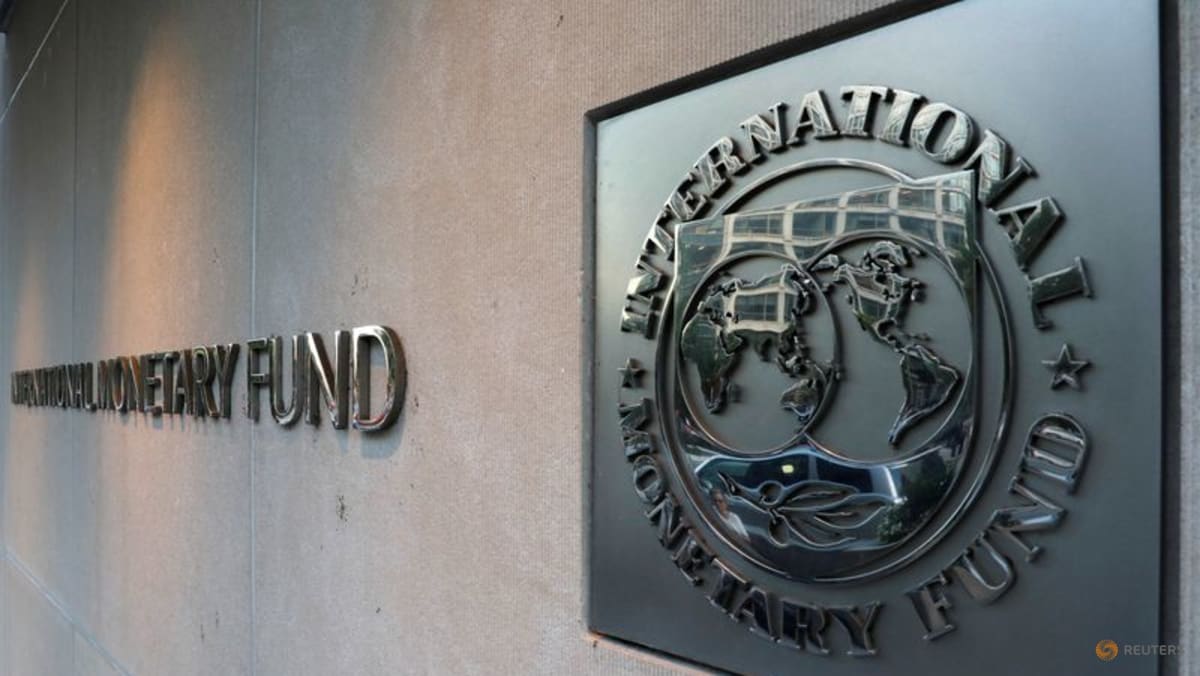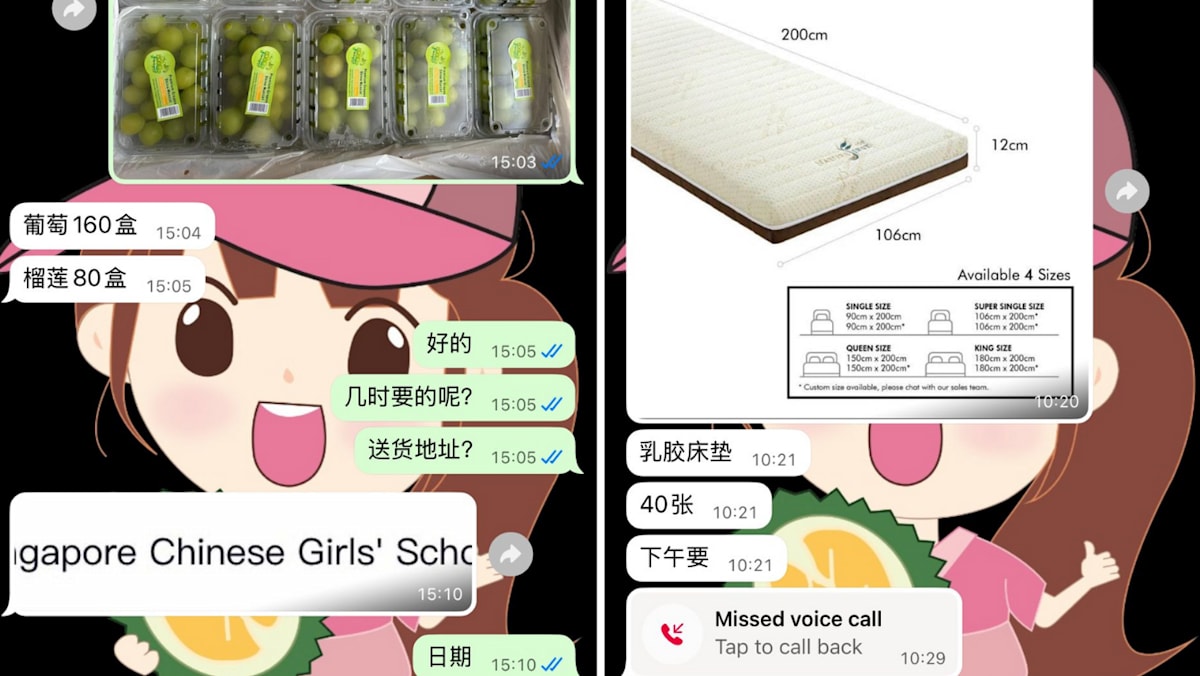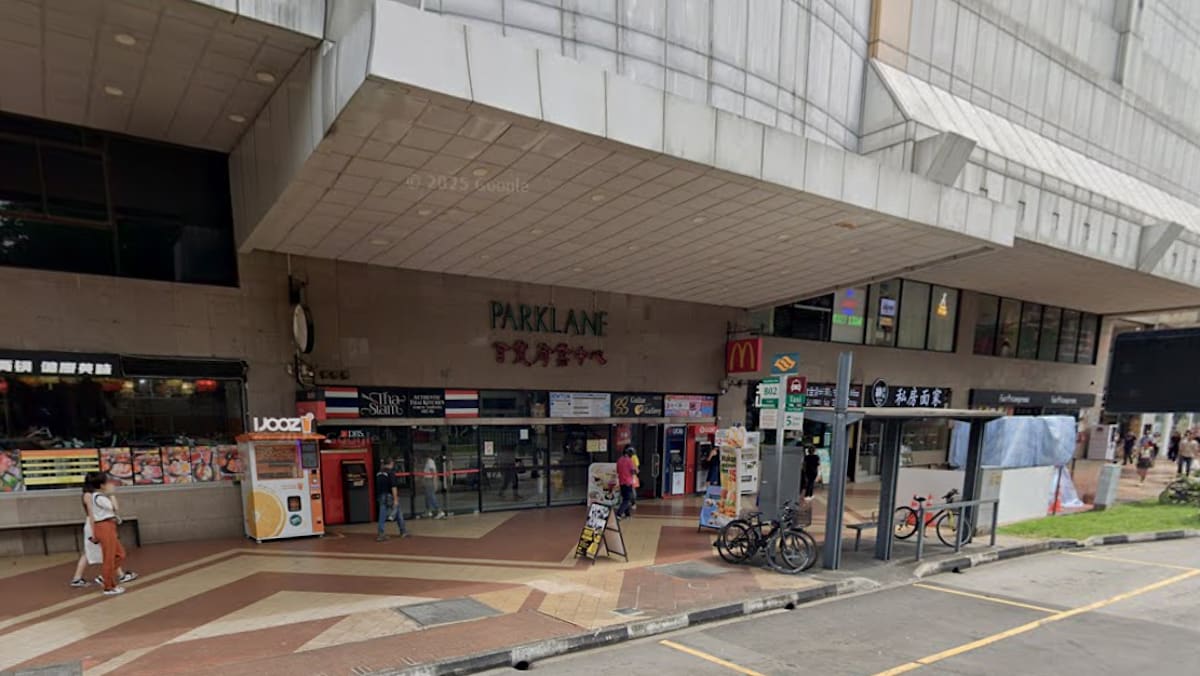Other economy rice and nasi padang businesses CNA spoke to expressed concerns about adopting a similar system.
Mr Terry Soh, who works at an economy rice stall in a food court in Katong, said he has too many variations of dishes to categorise them simply as “meat” or “vegetables” as Koufu stalls do.
“Customers may also get confused. So we don’t use colour codes, we just communicate the prices verbally,” he said in Mandarin. He also raised concerns about hygiene and practicality in labelling each dish.
Mr Mohamad Ariff Mohamad Zin, executive chef of nasi padang chain Rumah Makan Minang, said the colour-coded system is “a good idea” for hawker-style setups but will not be adopted at his restaurants. His team instead provides menus with price ranges and breakdowns on receipts.
He added that restaurant diners value ambience, while hawker customers may want quicker service – something colour coding could support.
EFFECTIVENESS OF COLOUR-CODING
Associate Professor Lau Kong Cheen, head of the marketing programme at Singapore University of Social Sciences, said that colour codes work only if pricing charts are clearly visiable to customers before they make their selection.
“Mistakes that some stalls commit are that they display this at the cashier counter after the customers have selected their food, not knowing the price that each colour code represents … that defeats the purpose,” he said.
Although labelling every item with a price would be ideal, he noted that it may be impractical and unhygienic. Inked tags are exposed to oil and water, and prices can change frequently.
“Thus far, colour-coded tags tend to be most feasible, safe and cost-effective to implement,” he said.
Associate Professor Walter Theseira, a labour economist at the same university, added that the overall layout and number of colour codes also impact the system’s effectiveness.
“I still think it would be difficult for an occasional customer to understand the system, particularly since there are quite a few price grades offered,” he said.
Ultimately, as pricing displays are not regulated, he said only voluntary efforts from stallholders – such as those by Hjh Maimunah – can improve market practices.
“If the public receives this well, perhaps more stalls will consider doing so.”













